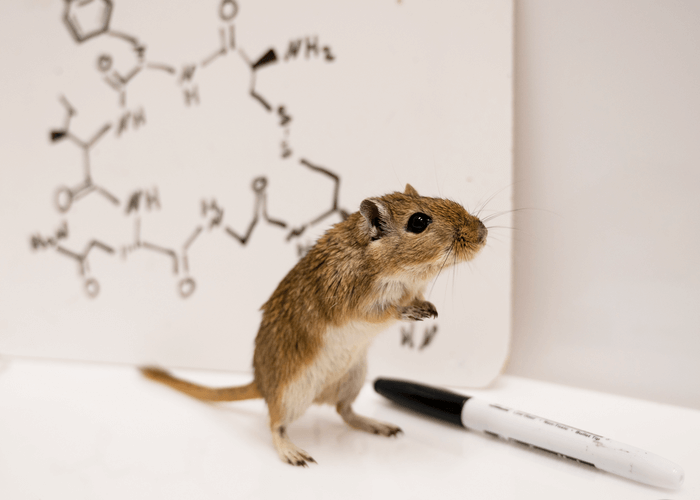ATLANTA — Testosterone has always been associated with aggressive behavior. Now, however, a new study links the male sex hormone with sweet and affectionate actions. Researchers from Emory University have discovered that testosterone actually prompts men to cuddle more!
“For what we believe is the first time, we’ve demonstrated that testosterone can directly promote nonsexual, prosocial behavior, in addition to aggression, in the same individual,” says study first author Aubrey Kelly, an assistant professor of psychology at Emory, in a media release. “It’s surprising because normally we think of testosterone as increasing sexual behaviors and aggression. But we’ve shown that it can have more nuanced effects, depending on the social context.”
Researchers also found that testosterone influences the neural activity of oxytocin cells, which is known as the “love hormone” — associated with social bonding. Kelly conducted the study with her husband Richard Thompson, a neuroscientist at Oxford College of Emory University.
“The idea for this paper was borne out of us talking together over a glass of wine,” says Kelly. “It blends our two research worlds.”
Researchers used Mongolian gerbils for the study. The rodents form lasting pairs and raise their pups together. Even though male gerbils become aggressive during mating and defend their territory, they also show cuddling behavior after a female becomes pregnant. The males also protect their pups after birth.

Does testosterone actually turn males into social butterflies?
For the first experiment, a male gerbil bonded with a female and then impregnated her. During this period, the males showed the usual cuddling behaviors toward their partners. The males were then given an injection of testosterone. Researchers assumed that the rise in the male’s testosterone level would lessen his cuddling behaviors, since testosterone acts as an antisocial molecule. However, that was not the case.
“Instead, we were surprised that a male gerbil became even more cuddly and prosocial with his partner,” notes Kelly. “He became like ‘super partner.’”
A week later, researchers conducted a resident-intruder experiment. Researchers removed the female gerbils from their cages, leaving each male gerbil that had a testosterone injection alone in his home cage. Study authors then introduced an unknown male gerbil into the cage. They found that the injected male gerbils were friendlier to the intruder. However, when the male gerbils received another shot of testosterone, their behavior towards the intruder became more aggressive. They began chasing the other gerbil and exhibited other avoidance behaviors.
“It was like they suddenly woke up and realized they weren’t supposed to be friendly in that context,” explains Kelly.
Triggering the ‘love hormone’
Researchers concluded that receiving a rush of testosterone while with their partners not only increased positive social responses, but also caused the male gerbils to display more prosocial behavior in the future, even in the presence of an “intruder.” The second testosterone injection, however, caused them to immediately switch their behavior and become more aggressive.
“It appears that testosterone enhances context-appropriate behavior,” says Kelly. “It seems to play a role in amplifying the tendency to be cuddly and protective or aggressive.”
The study also found that male gerbils who received testosterone injections showed more “love hormone” activity in their brains while interacting with their partner, compared to male gerbils that didn’t receive an injection.
“We know that systems of oxytocin and testosterone overlap in the brain but we don’t really understand why,” says Kelly. “Taken together, our results suggest that one of the reasons for this overlap may be so they can work together to promote prosocial behavior.”
The study is published in the journal Proceedings of the Royal Society B Biological Sciences.

